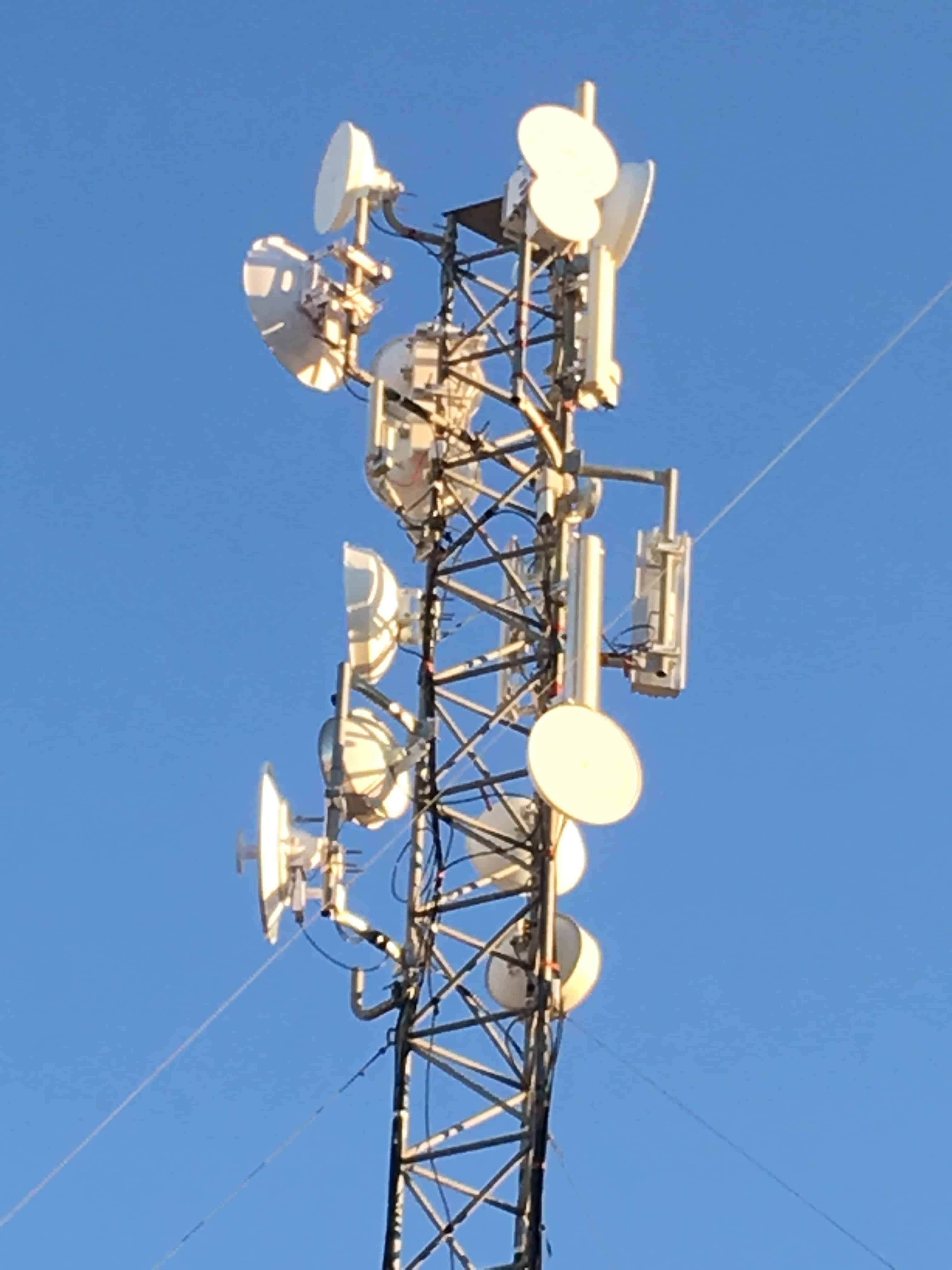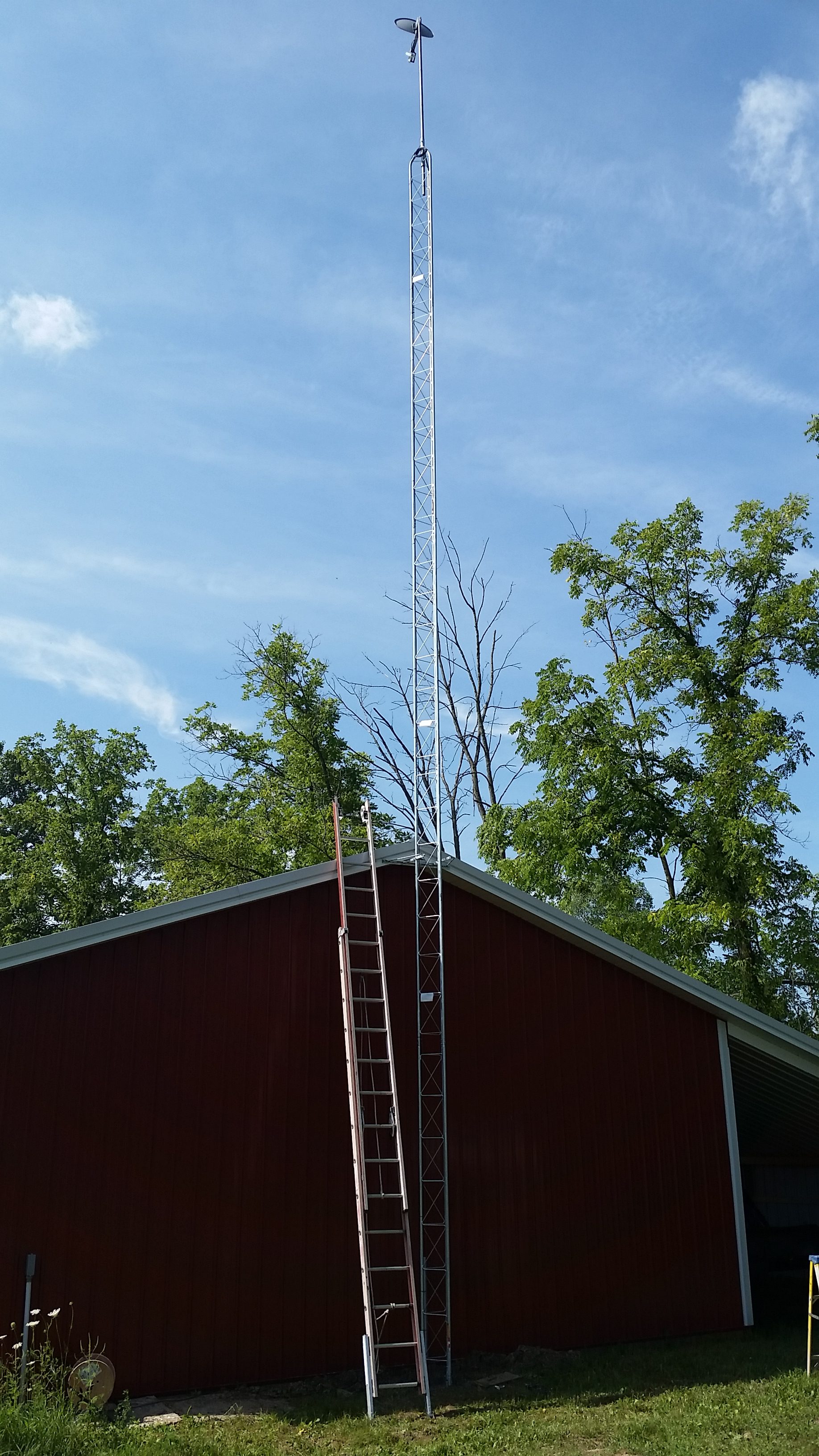
Initially, it was assumed that cars would only interact with each other, but later, with the advent of the concept of the Internet of things (IoT), interactions with surrounding devices became a demand. These networks are based on the dedicated short-range communication (DSRC) IEEE 802.11 standards and are mainly intended to organize the exchange of various types of messages, mainly emergency ones, to prevent road accidents, alert when a road accident occurs, or control the priority of the roadway. Vehicular ad hoc networks (VANETs) are a recent class of peer-to-peer wireless networks that are used to organize the communication and interaction between cars (V2V), between cars and infrastructure (V2I), and between cars and other types of nodes (V2X).

Finally, we conclude by outlining remaining open challenges for the Tactile Internet. Given that scaling up research in the area of future wired and wireless access networks will be essential for the Tactile Internet, we pay particular attention to the latency and reliability performance gains of fiber-wireless (FiWi) enhanced LTE-Advanced heterogeneous networks and their role for emerging cloudlets, mobile-edge computing, and cloud robotics. After briefly reviewing its anticipated impact on society and infrastructure requirements, we then provide an upto-date survey on recent progress and enabling technologies proposed for the Tactile Internet. To facilitate a better understanding of the Tactile Internet, this paper first elaborates on the commonalities and subtle differences between the Tactile Internet and the Internet of Things (IoT) and 5G vision. A very low round-trip latency in conjunction with ultra-high reliability and essentially guaranteed availability for control communications has the potential to move today’s mobile broadband experience into the new world of the Tactile Internetfor a race with (rather than against) machines. The advent of commercially available remote-presence robots may be the precursor of an age of technological convergence, where important tasks of our everyday life will be increasingly done by robots. Further, the trade-off between overall energy saving and end-to-end packet delay is studied to specify maximum achievable energy saving while not violating delay constraints.

Results show that the battery life of M2M devices can be significantly prolonged by extending DRX cycle, while the energy consumption of the optical backhaul network can be minimized by exploiting TDMA scheduling for ONU cyclic sleep implementation. For performance evaluation, a comprehensive energy saving model and an end-to-end packet delay analysis for M2M scenarios are presented taking into account both optical backhaul and wireless front-end networks based on an M/G/1 queueing model (for backhaul) and a semi-Markov process (for frontend).

In particular, this paper proposes a powersaving scheme that unifies the cyclic sleep mechanism defined for PON’s optical network units (ONUs) and the discontinuous reception (DRX) mechanism defined for LTE’s user equipments (UEs) to reduce the overall power consumption in the envisioned network. To cope with the unprecedented growth of Machineto-Machine (M2M) services over cellular networks, this paper envisions an energy-efficient PON LTE-A converged network that combines the high capacity and reliability of PON technology with the flexibility and cost savings of LTE-A network to support M2M applications. The robustness of the proposed scheme is demonstrated under various conditions: achieved target k with nearly perfect fairness and gained near‐to‐maximum throughput within 96% of the theoretical optimum. Furthermore, AP self‐adapting and WU adjusting algorithms are proposed to assist the network to achieve the desired k, while maintaining the throughput fairness amongst basis service sets. Hence, this study simplifies the IS scheme to increase fairness between WUs.
However, fairness problem between WUs occurred when they contend the channel with different CW sizes. Optimum contention window (CW) sizes for the APs and associate wireless users (WUs) are derived by incorporating the principles of idle sense (IS) and asymmetric AP. The proposed technique enables all contending stations in multiple access points (APs) WLAN to achieve a desired downlink‐to‐uplink transmission ratio, k while maintaining maximum throughput. The work aims to improve WLAN performance by utilising information gained from GPON. This study investigates wireless local area network (WLAN), the wireless side of the FiWi networks with a gigabits passive optical network (GPON) as the backhaul. Despite huge capacity offered by fibre, the user experiences a network bottleneck caused by the wireless side. The convergence of fibre and wireless technologies realised the fibre‐wireless (FiWi) networks.


 0 kommentar(er)
0 kommentar(er)
